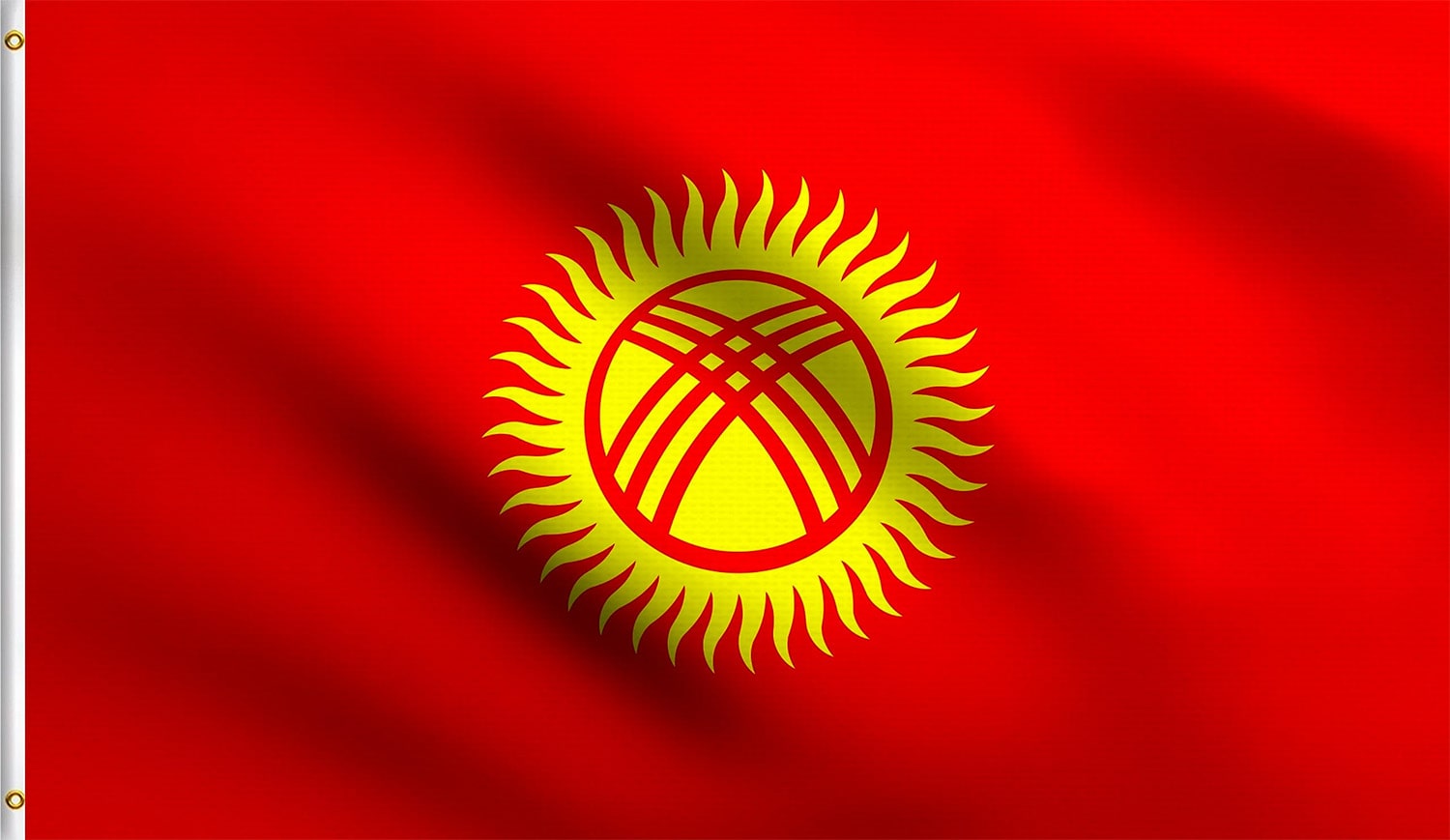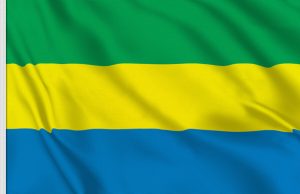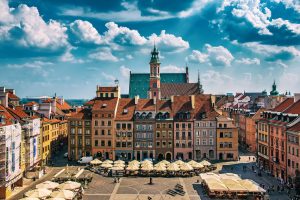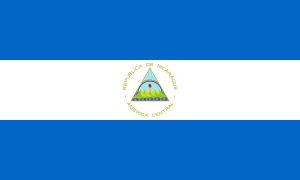
32 interesting facts about Kyrgyzstan
- 👁️ 663
Nestled in the heart of Central Asia, Kyrgyzstan is a land of breathtaking natural beauty and rich cultural heritage. Known for its rugged mountainous terrain, this country offers a fascinating blend of history and nature, with a unique cultural identity shaped by various influences over the centuries. As the world becomes more globalized, Kyrgyzstan remains a gem worth exploring, not only for its scenic landscapes but also for its deep historical roots and vibrant traditions.
- Kyrgyzstan gained independence from the Soviet Union on August 31, 1991.
- The country is predominantly mountainous, with over 80% of its terrain covered by the Tian Shan mountain range.
- Bishkek, the capital and largest city, was formerly known as Frunze after a Bolshevik military leader.
- Kyrgyzstan is one of the world’s least crowded countries, with a population density of around 29 people per square kilometer.
- The country has a significant nomadic heritage, with many Kyrgyz people still practicing nomadic traditions.
- Kyrgyzstan’s Issyk-Kul Lake is the second largest saline lake in the world after the Caspian Sea and is believed to be approximately 25 million years old.
- The official languages are Kyrgyz, which uses the Cyrillic script, and Russian, which is used in government and business.
- The Manas epic is one of the longest poems in the world, reflecting the country’s rich oral history tradition.
- Kyrgyzstan is a member of the Eurasian Economic Union, along with other countries such as Russia, Belarus, Kazakhstan, and Armenia.
- The country operates on a parliamentary republic system, having moved away from a presidential system in 2010.
- The Kyrgyz economy is heavily reliant on gold exports, particularly from the Kumtor Gold Mine, one of the largest in Central Asia.
- Kyrgyzstan’s flag features a sun with forty rays, representing the forty Kyrgyz tribes that united against the Mongols.
- Horse meat is a common food in Kyrgyz cuisine, reflecting the nation’s nomadic roots.
- The Ala-Too range, which translates to “colorful mountains,” is a prominent feature in the country’s landscape.
- The World Nomad Games, an international competition dedicated to ethnic sports practiced in Central Asia, were first held in Kyrgyzstan in 2014.
- Traditional Kyrgyz music often features the Komuz, a three-stringed instrument played like a guitar.
- Eagle hunting, a traditional form of falconry found throughout the Eurasian steppe, is still practiced in rural Kyrgyzstan.
- The country is a significant route for the migratory birds along the Central Asian Flyway.
- Kyrgyzstan has one of the highest rates of bride kidnapping in the world, despite efforts to criminalize the practice.
- Yurts, traditional portable round tents covered with skins or felt, are commonly used in Kyrgyzstan, particularly in rural and mountainous areas.
- The Arslanbob Forest in Kyrgyzstan is home to the largest natural walnut grove in the world.
- Kyrgyzstan’s literacy rate is exceptionally high, at about 99% of the population.
- The nation has a rich tradition of storytelling and folklore, often accompanied by musical narration.
- Kyrgyzstan was historically part of the Silk Road, the ancient trade route between China and the Mediterranean.
- The national dish is Beshbarmak, a meal of boiled meat eaten with noodles and broth, traditionally served on a large communal plate.
- The Sulaiman-Too Sacred Mountain in Osh has been a place of Muslim pilgrimage for centuries.
- The Kyrgyz hat, called a kalpak, is made of white felt and is considered a symbol of manhood.
- The country’s national animal is the snow leopard, which is found in the mountain ranges of Kyrgyzstan.
- Kyrgyzstan is a landlocked country, bordered by Kazakhstan, Uzbekistan, Tajikistan, and China.
- The Ak-Sai Glacier is one of the largest glaciers in Kyrgyzstan, located in the Tian Shan mountains.
- Kyrgyzstan is one of the few countries in the world where citizens can enter more than 70 countries without a visa.
- The Tien Shan mountain range in Kyrgyzstan is believed to be the inspiration for the mythical Shangri-La.
Kyrgyzstan, with its majestic landscapes and profound cultural roots, stands as a testament to the resilience and richness of the human spirit. Its journey from ancient nomadic civilizations to a modern republic showcases a unique blend of tradition and modernity. The myriad of facts about this country not only informs us about its distinct identity but also its role in the broader tapestry of global culture. As Kyrgyzstan continues to navigate its path in the 21st century, it remains a fascinating study of adaptation and endurance, offering lessons and insights that resonate far beyond its borders.











